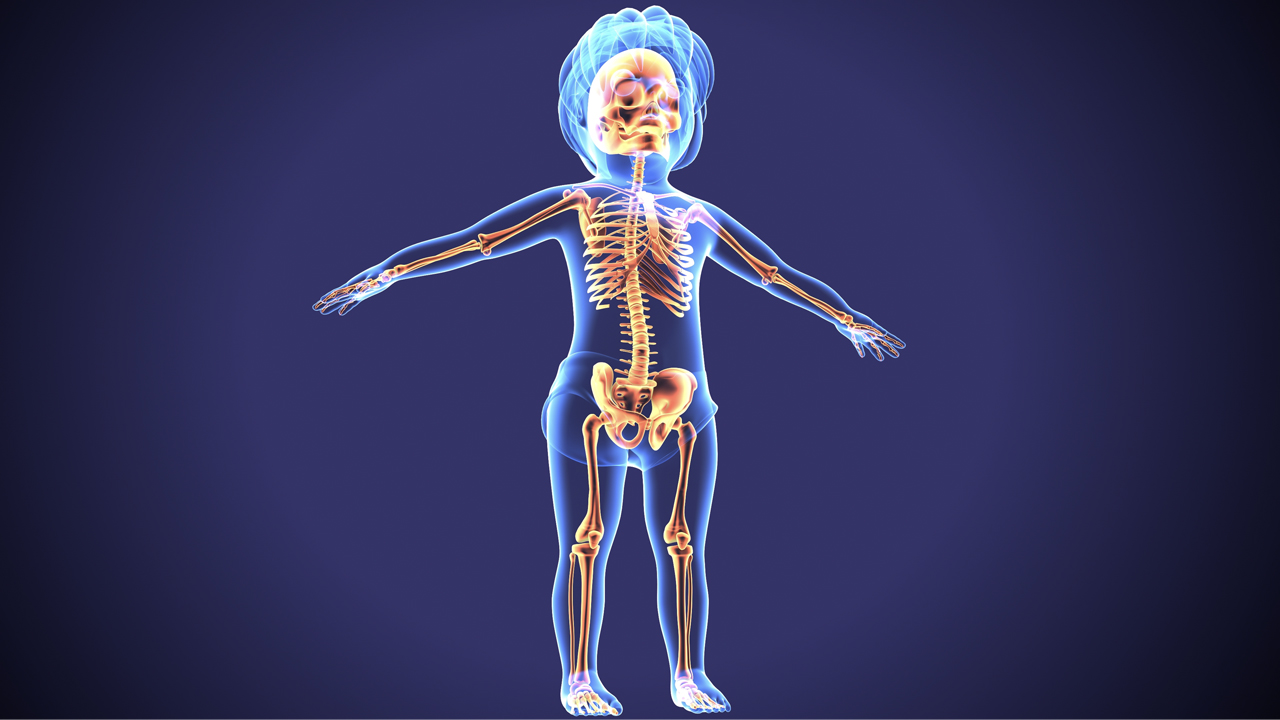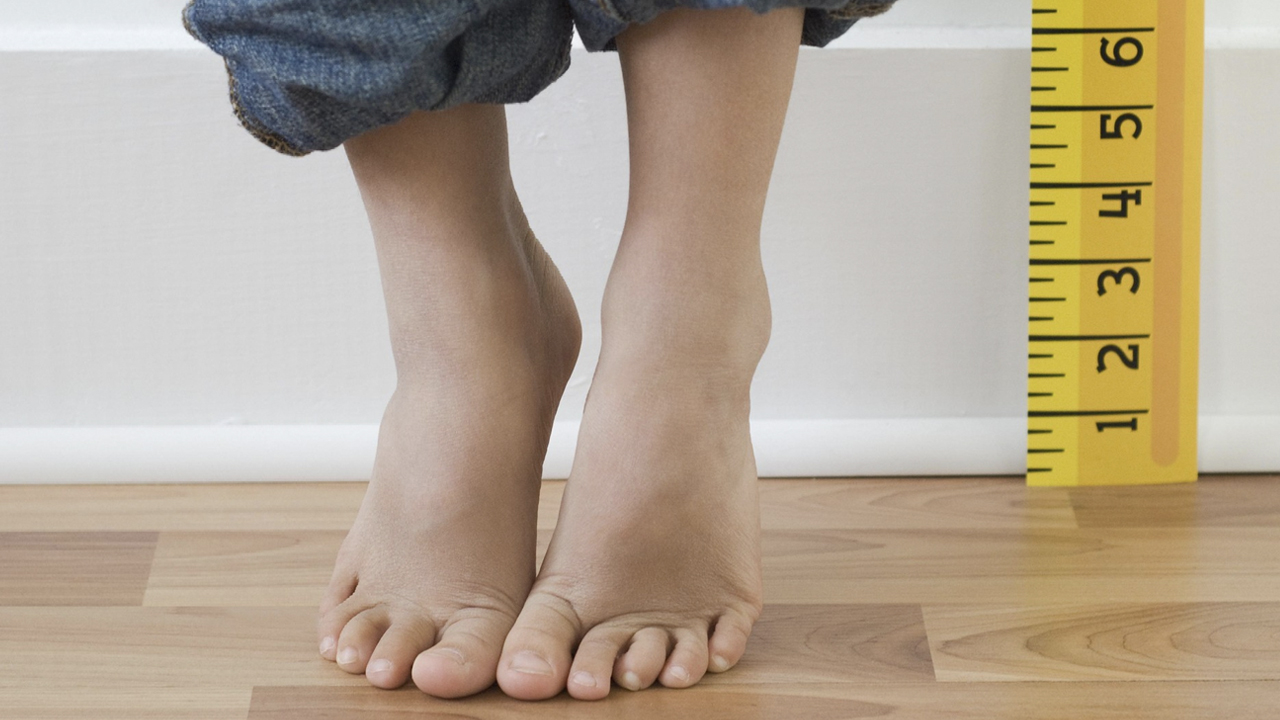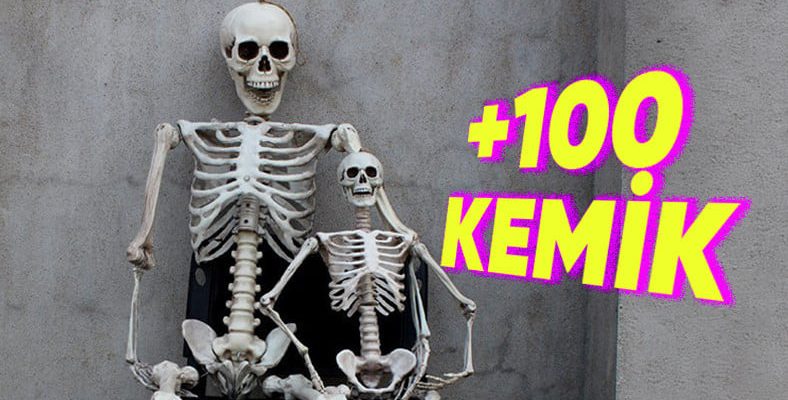We continue to be surprised as we learn the many extraordinary features of babies, who expand our knowledge the moment they enter our lives. If you don’t know that a baby you hold in your arms as an adult has more bones than you, you may continue to be surprised.
In constant change and development human skeleton, When it comes to babies, we encounter different characteristics.
Bone structure of babies Understanding evolution also shows what an excellent engineer nature is. Here’s why children are born with more bones than us, and when we learn we say, “What thoughtful details.” The reasons you may say.
Babies are born with between 270 and 300 bones.
This number is quite high compared to us because Adults have a bone count of 206. Babies’ bones are mostly soft and flexible. Actually, we shouldn’t call them bones. What we call bones in babies are exactly cartilage. Generally in babies “broken” One of the reasons why it is not visible is these cartilages.
As their bodies grow, these cartilages fuse and become bones. That’s why baby Cartilages are not visible on x-rays. If there are parents who have had their babies x-rayed, they have witnessed this up close.
This is the reason for the gap you feel when you touch babies’ heads.

in public “fontanel” what we call “fontanel”, These are soft spots on babies’ skulls that provide space for the brain during growth. Fontanel is also the baby’s the process of coming out of the mother’s womb It is also one of the details that provide. The fontanel, which is also located in the back, begins to close when babies are 3 months old, while the gap in the front part closes around the age of 2.
Bones begin to heal as they grow and end at the end of adolescence.

During childhood, many bones fuse, especially those in the skull, spine, and pelvis. For example, a The adult spine consists of 33 bones While it is formed, it is more severe in a child because some of the bones in the spine are not yet fused.

It also helps children’s bones to unite and increase bone density and durability. Also found in bones growth plates, It is located at the ends of long bones and thus allows height growth. Towards the end of adolescence, growth plates harden and ossify. Thus, bone growth stops and the number of bones decreases.
As you can see, babies continue to surprise us not only at the moment they are born, but also every second they grow.
Our other content about babies that you may be curious about and want to review:
RELATED NEWS
Why Are Babies’ Kneecaps Not Visible on X-Rays?
RELATED NEWS
How Are Babies Made to Cry in TV Series and Movies? No, they are not scary!
RELATED NEWS
What kind of a stage do the babies that have been on the screens since the “birth” of cinema go through to appear in movies and TV series?
RELATED NEWS
Is Throwing Babies Into Water So They Learn To Swim Really a Good Thing? Don’t be fooled by their ability to stay in water!
RELATED NEWS
Why Don’t Orphanage Babies Cry? You Will Experience Deep Sorrow When You Learn the Reason!
RELATED NEWS
